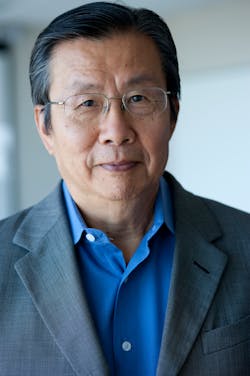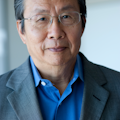
Q: I was a member of the senior research staff in a major corporate research laboratory, which was closed down a few years ago. I have been consulting on and off, but am being hit hard by the current slowdown. Do you have any suggestion for someone close to retirement age in my position?
A: If I were you, I would probably focus on optimizing what you are currently doing and not follow the conventional wisdom to “reinvent,” given the length of time that would require. That is, you may want to find ways to make your consulting business pay your way. A friend who has been a consultant for more than 20 years once told me that roughly 200 clients are needed to provide a continuous income. That is much more than I would have imagined. So, you have to find ways to promote yourself. You can capitalize on your professional reputation; for example, by notify all the professionals who know your work. They may be happy to know that they can gain access to your expertise and spread the word to build your client base.
You can also put your expertise to work in a different arena. One of the entrepreneurs I worked with some 20 years ago did just that. After his second laser company was acquired, he tried his hand as a cabinet-maker, and later became a high school math teacher and helped students take on small entrepreneurial projects. That is an extreme, but I can well imagine the great personal satisfaction he derivesfrom his work when he sees young people carry the torch to make an impact on society. Please keep me posted on your progress, and feel free to call on me to brainstorm if the need ever arises.
Q: I want to develop resistors made of a nano material system based on an idea I have. How do I go about starting a company to pursue this multibillion-dollar market?
A: It seems to me there are two possibilities. You can do what most inventors in our industry do, which is to first validate the technology using contract support before deciding on the next logical steps, or you can raise risk capital to start a serious company. The decision may very well depend on your assessment of the technical risk, the importance of time to market, and your ability to put together a viable business plan to sell your dream to investors.
Given the commodity nature of the product, and the intrinsic technical risks involved in making a new material system work, my suggestion is that you take the contract support route. That way you can work efficiently doing what you do best and focus on technical issues. The investment for doing so is relatively modest compared to the enormous capital required to build out the business. Once the technology is proven, you will be in a position to decide on the next logical steps, to either build out the rest of the business or to partner with an established resistor company. Your reward could be substantial because any differentiation in a commodity product can make an enormous impact on an existing business relatively quickly.
You can also do what some entrepreneurs do, which is to raise a small amount of capital from any investor to get going. With this strategy you run the risk of being unable to raise additional capital while there are still unresolved technical and business issues. Serious business requires serious investment capital, which should come from sophisticated angel investors or reputable venture capitalists. The investors who can help you succeed are likely to be those who only take calculated risks. Their assessment is the acid test that will provide you with the feedback you need for a sanity check.
About the Author
Milton Chang
MILTON CHANG of Incubic Management was president of Newport and New Focus. He is currently director of mBio Diagnostics and Aurrion; a trustee of Caltech; a member of the SEC Advisory Committee on Small and Emerging Companies; and serves on advisory boards and mentors entrepreneurs. Chang is a Fellow of IEEE, OSA, and LIA. Direct your business, management, and career questions to him at [email protected], and check out his book Toward Entrepreneurship at www.miltonchang.com.
